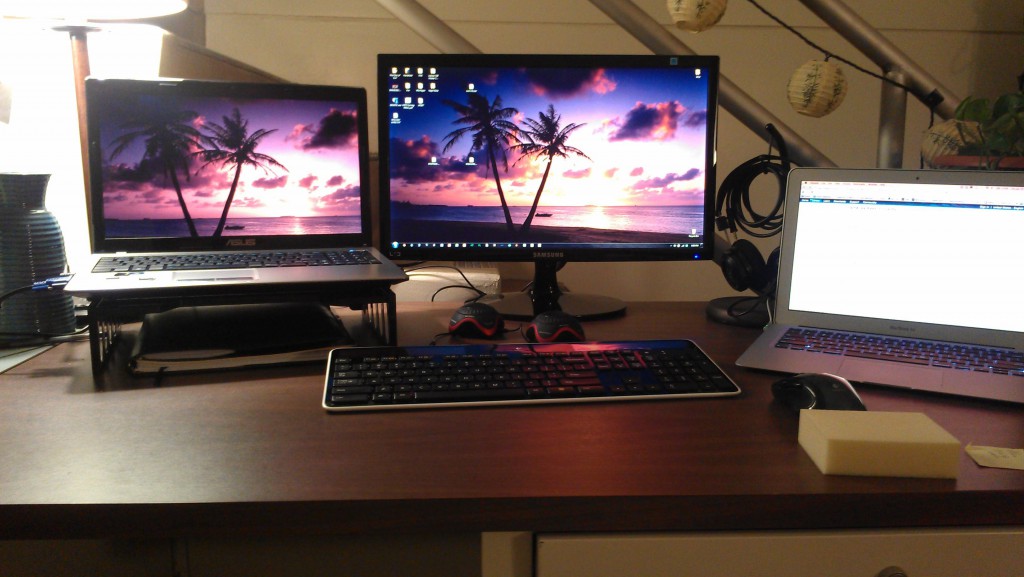Computerdoc Melbourne explains how an additional display can significantly increase your productivity. Having a second screen will give you more screen real estate, which will greatly help you in case you are doing any sort of work, photo or video editing, graphic design etc.
Almost all new laptops have one or more ways of connecting to an external display, whether it’s a computer monitor, projector or a TV. Laptops can come with VGA, DVI, HDMI or a Display Port, or some kind of combination of these ports. In case your laptop comes with a DVI port, but your monitor supports only HDMI don’t worry, you can easily buy a DVI to HDMI adapter or call laptop repairs Melbourne.
Once you connect your laptop to an external display, it should automatically detect the second display after a few seconds and set its resolution, but this depends on your operating system. If you are using Windows and nothing happens, try pressing the “Display Function” key on your laptop, which is usually a combination of either: Fn+ F3, Fn + F4, Fn + F5, Fn + F9 or Fn + F10 (you will see two displays drawn on the button). This should activate the second screen.
Depending on the position of your additional display in the real world, you may need to make a few adjustments. If you are using Windows, find the “Display Settings” icon in the Control Panel and once you open it you will be able to change the position of the external display so that it matches its physical position. If needed, you can also adjust the resolution of the display.
If you own a MacBook, the process is pretty similar. First of all, make sure that you have all needed cables. MacBook Pros have an HDMI output, but if you own a MacBook Air, you will need to buy a Mini Display Port to VGA/HDMI/DVI adapter. If you have an Apple Thunderbolt Display then no additional adapters are required, as you can connect it directly through the Thunderbolt port (Mini Display Port). After you connect your monitor/TV, Mac OS X will automatically detect the screen and set the optimal resolution. If for some reason you want to adjust the resolution or the screen position, you can do so easily by clicking on the “System Preferences” icon in your Dock, and then clicking on the “Displays” icon. A new window will pop up and you will be able to adjust the settings to your liking.
After you set up everything, you can choose between two main ways of using the additional display. No matter what operating system you are using, you can choose between mirrored displays and the extended display.Display mirroring is useful if, for example, you are giving a presentation on a big screen or a projector, yet you want to control the content on the smaller (laptop) screen.
Extended display is great when you’re working; as it helps you organize opened applications much more efficiently, due to more desktop space.
I would love to hear your thoughts in the comments below. And for all computer repairs Melbourne and laptop repairs Melbourne please give me a call on 0412 392 253
Image Sourced Here





